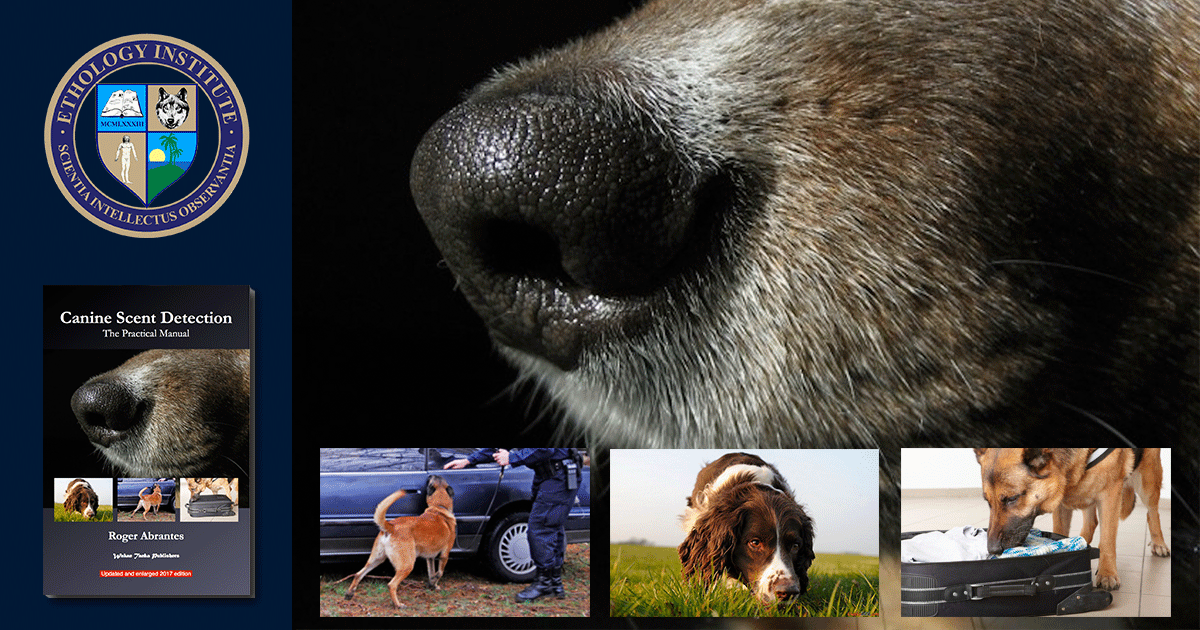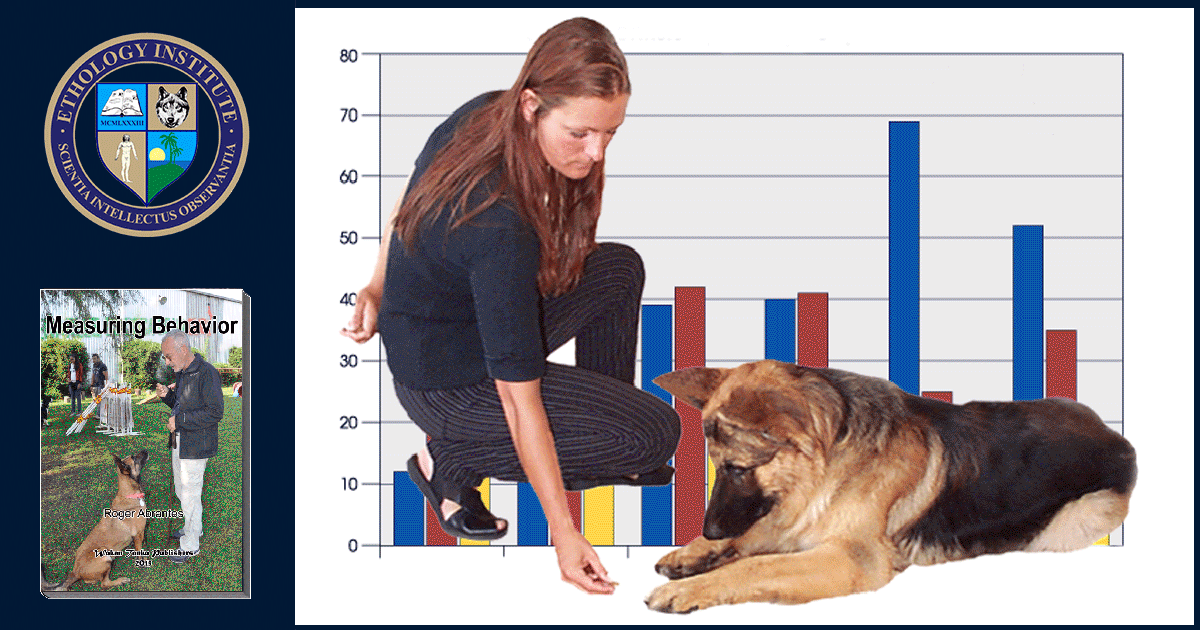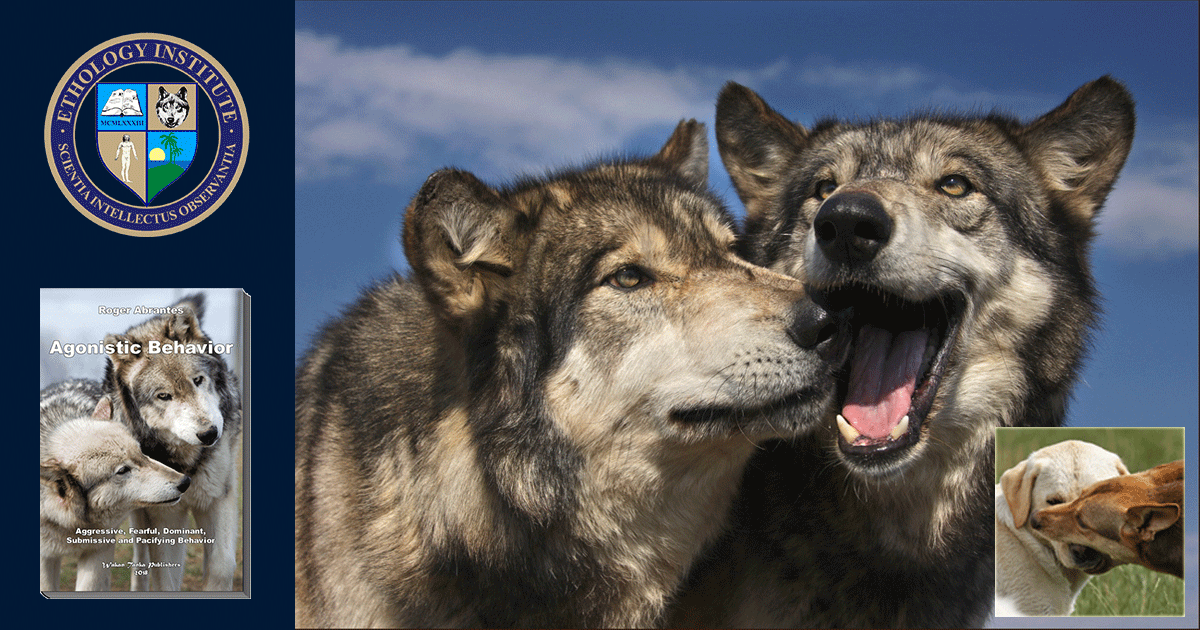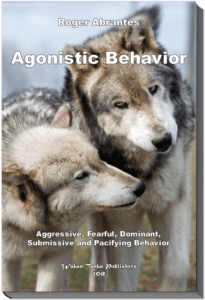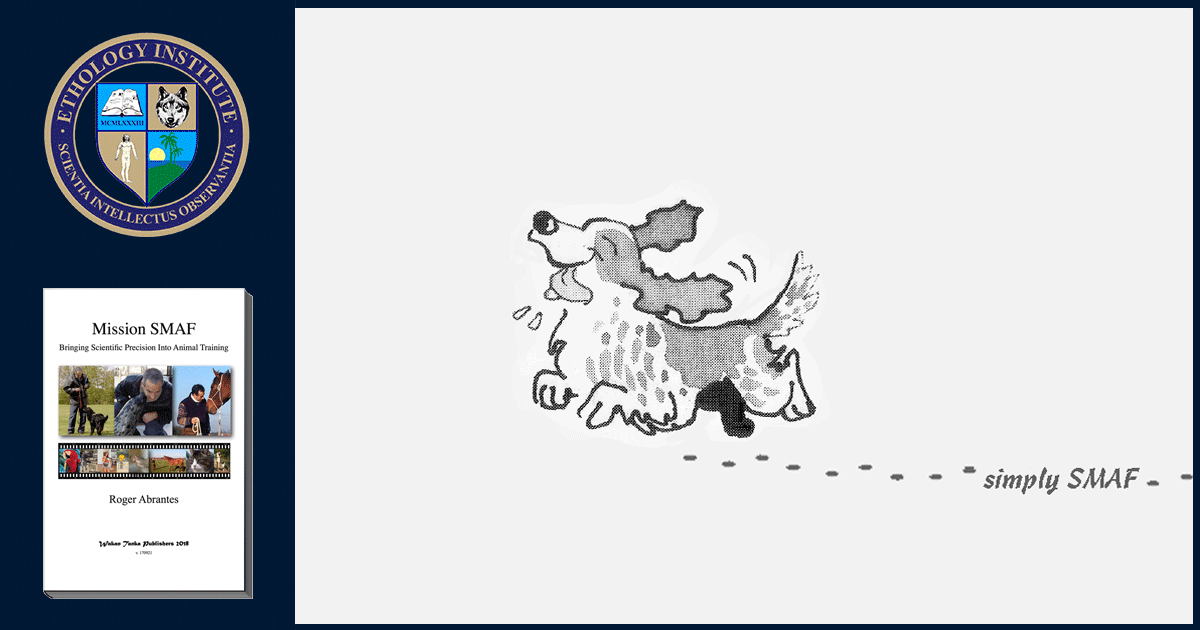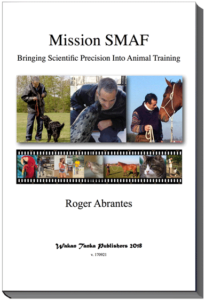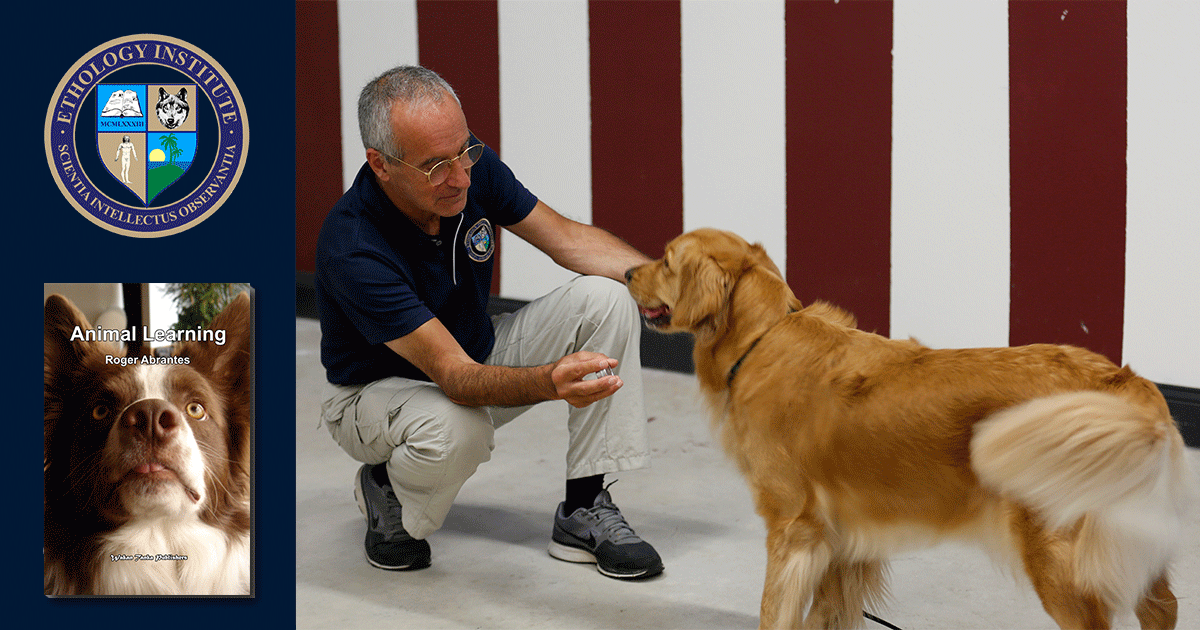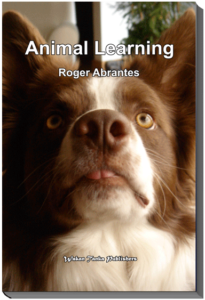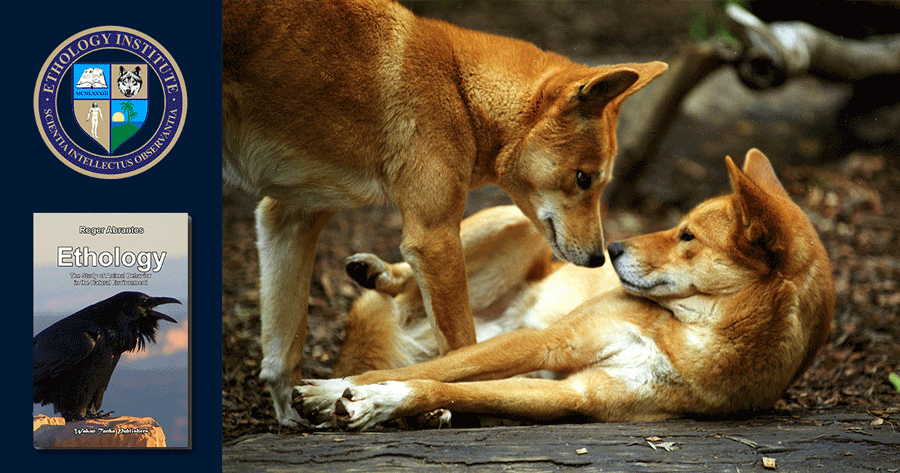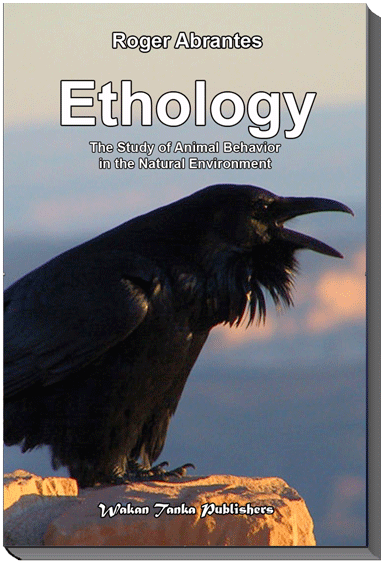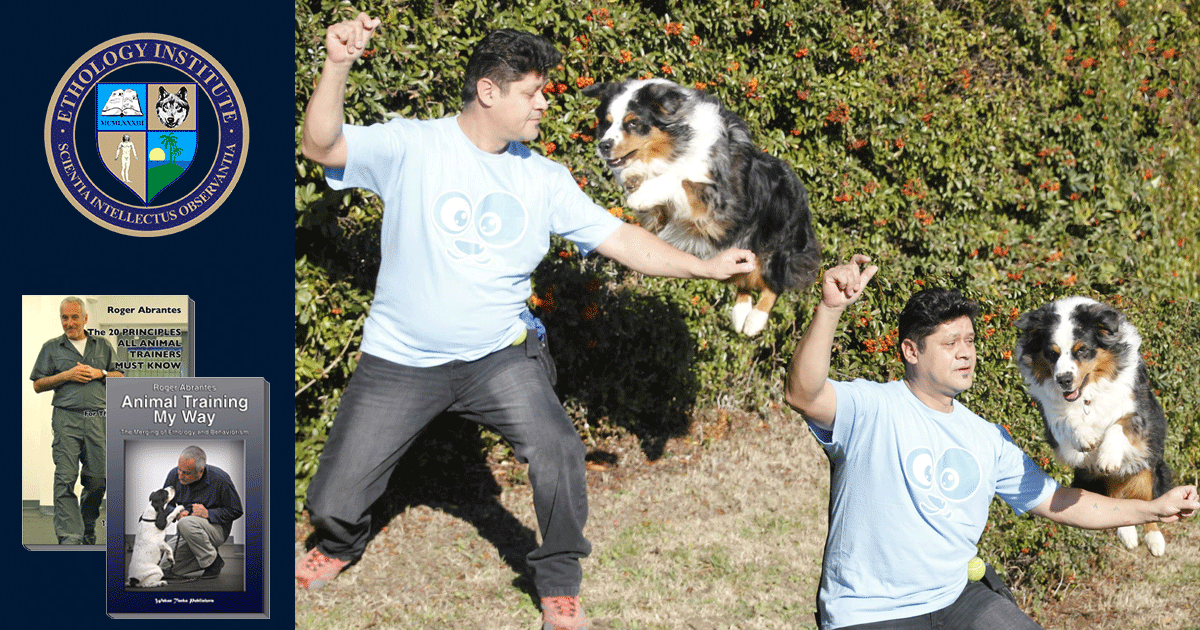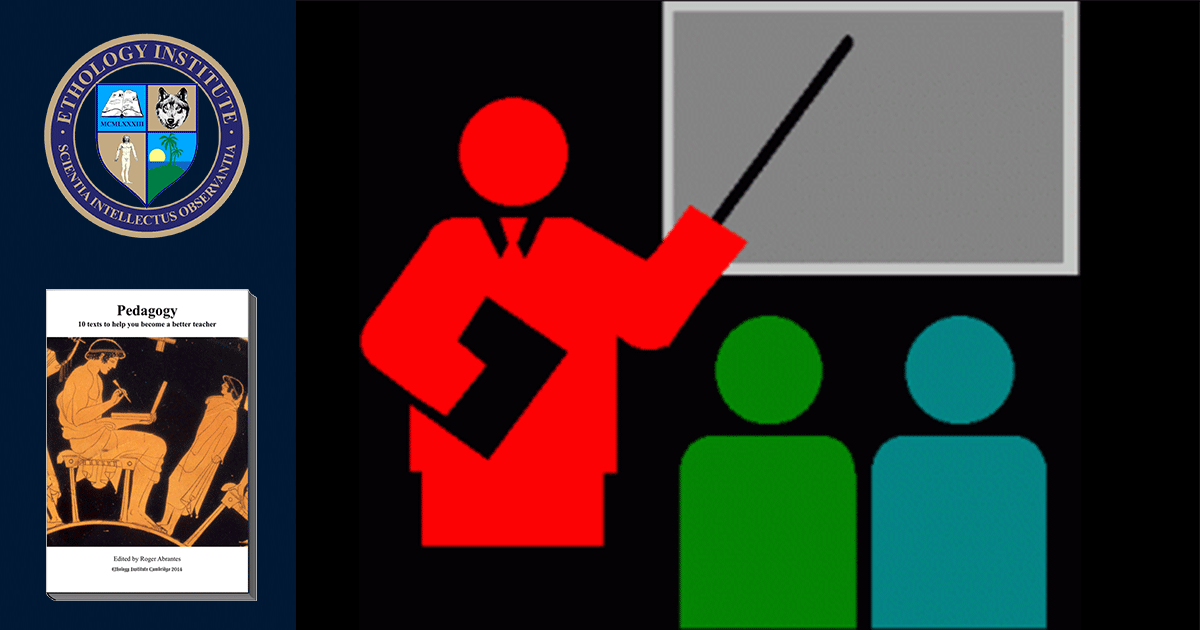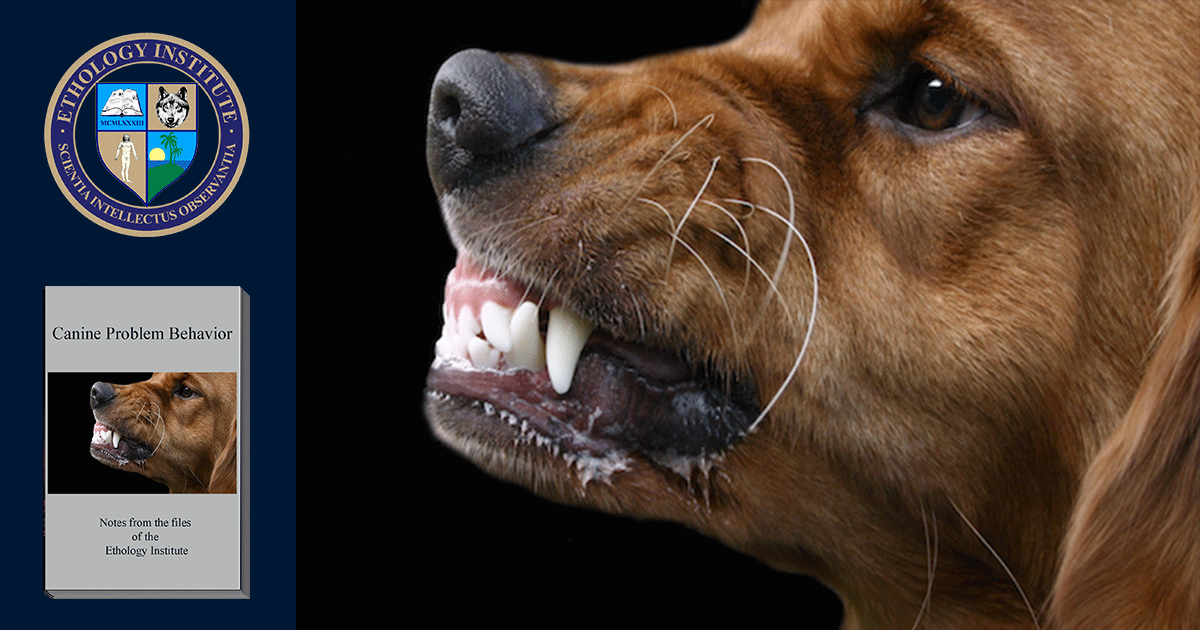Course Description
Canine Scent Detection, localization of a target scent, is the ultimate display of the cooperation between Homo sapiens sapiens and Canis lupus familiaris. Scent detection stimulates your dog without turning it hyperactive, teaches you and your dog what teamwork genuinely means, and is great fun for both of you. To succeed in canine scent detection, you and your dog need to apply your different skills in conjunction and toward a common, practical goal. One of you alone cannot make it. You create and develop a meaningful relationship with your dog by working together in resolving searching tasks.
This course will enable you to pursue further goals, such as becoming a substance detection team or a SAR unit. You complete the course by passing the double-blind test locating a hidden scent.
This course is a mixed one where theory and practice walk hand in hand. You take the theory online, and once you feel you can do it, you practice with your chosen animal. Read the theory first. Join the course forum on Daybook to pose questions or see posted answers to previous inquiries. While you take the practical part of this course, we will assign you a qualified tutor to guide you, one-on-one, either on-site or by video conferencing.
If you have the possibility, we strongly recommend you enlist in one of the practical workshops Professor Abrantes occasionally gives worldwide. As an EI student registered for this course, you’ll get a 75% discount on any fee asked by the event organizer.
If you’re training Guinea Pigs, follow the same procedures described in this course. Study Guinea pig behavior before beginning your training and readjust your behavior. Pay special attention to the reinforcement and inhibiting techniques required by the species. In lesson four, we give you additional information for the particular case of Guinea pig training.
Course Level
Beginner/Intermediate/Advanced. This course is for everyone. However, your results will depend on the level at which you and your dog are at the beginning of the course. You need not know anything about scent detection—preferably, you don’t—but you and your dog need to know the signals, ‘Name,’ ‘Come,’ ‘Yes,’ ‘No,’ and you must have an efficient semi-conditioned positive reinforcer as ‘dygtig.’* Your dog must be able to accept the presence of other dogs without getting affected—and you need to be able to work with other people, and give and accept critique without falling out.
* If you don’t know what we’re talking about, please take (or retake) one of the following courses before Canine Scent Detection:
Introductory Video
This video was shot during a workshop for dog owners. No owners or dogs had any previous experience in scent detection. The results depend on the owner, the dog, and the level at which they are when beginning the course. On average, 70-80% of the teams pass the final double-blind test after only three days of training. Independently of that, all owners and dogs show significant progress at the end of the course.
Course Textbook
“Canine Scent Detection—The Practical Manual”
(Updated and enlarged 2022 edition including the quantum olfaction model)
by Roger Abrantes, Ph.D. in Evolutionary Biology and Ethology (instructor of the trainers of the famous “Hero Rats,” detecting landmines and tuberculosis, CNCA instructor for law enforcement officers, GNR special advisor).
Book contents
Introduction
STEP 1 – Acquisition of indication behavior.
STEP 2 – Acquisition of target scent.
STEP 3 – Discrimination of target scent.
STEP 4 – Double-blind discrimination of target scent.
STEP 5 – Double-blind detection of hidden target scent.
STEP 6 – Double-blind detection of hidden and masked target scent.
Case Story – Ariel.
Understanding Olfaction
Quantum Olfaction
References and further recommended reading.
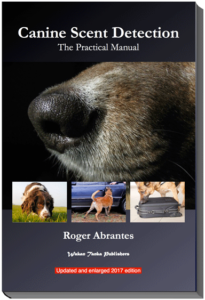
Supplementary Literature
Although not mandatory, we recommend that you supplement your readings with:
- Abrantes, R. (2016). Animal Training My Way—The Merging of Ethology and Behaviorism. WT Publishers (Ethology Institute online book).
- Chance, P. (2008). Learning and Behavior: Active Learning Edition. Cengage Learning; 6 edition.
- Furton, K. G. et al (2002) Identification of Odor Signature Chemicals in Cocaine Using Solid-Phase Microextraction–Gas Chromatography and Detector-Dog Response to Isolated Compounds Spiked on U.S. Paper Currency in Journal of Chromatographic Science, Vol. 40, March 2002.
- Fält, L., Gustavsson, T., Karlsson, J. and Åberg, J. (2015). Tracking Dogs – Scent and Skills. Scandinavian Working Dog Institute
Online Studying and Tutoring
Watch the movie(s) and read the book(s). Join the course forum where you can read our tutors’ answers to questions previously posed by your colleagues. If you have a new question, do not hesitate in posting it.
The course forum is solely for academic questions. For administrative matters or difficulties accessing the functionality of the site, please submit a ticket.
Once you’re ready for it, take the quizzes. You may take a quiz as many times as you like. We recommend you re-take quizzes once a year as a self-imposed quality control.

